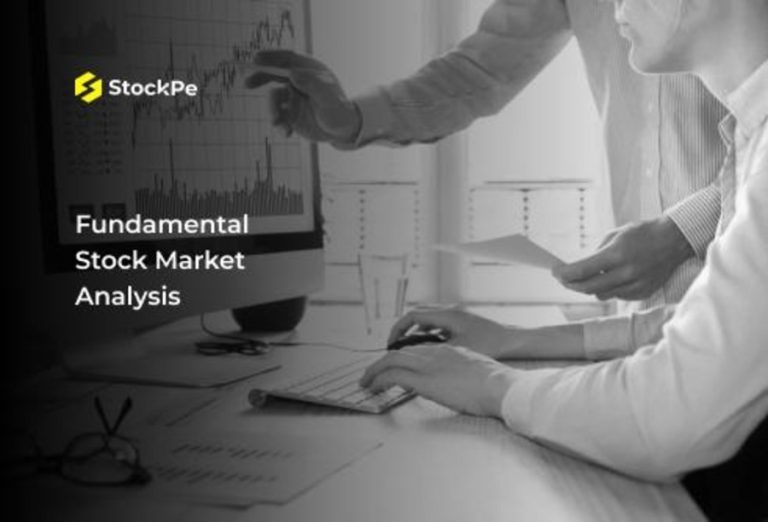There has been a lot of activity in Cryptocurrency markets recently, such as the SEC’s approval of the Bitcoin spot ETF and the Bitcoin halving. Among the various possibilities of trading these movements, day trading is perhaps one of the most popular.
Day trading implies the buying and selling of cryptocurrencies on the same day to capitalize on small movements of the price. This article includes a detailed analysis of crypto day trading.
What is Day Trading with Crypto?
Active trading in the cryptocurrency market is often referred to as day trading. In this, the profits are earned through multiple trades within a single day. The objective of a day trader is to buy stocks in the morning and sell them during the closing time with a portfolio value greater than the initial value.
Unlike other investment strategies, day trading does not involve holding positions until the following day. And thus, the vulnerability that comes with night shifts can’t be bypassed. This strategy is not exclusive to cryptocurrencies, instead, it has been applied in forex and stock market trading too. However, due to the volatility and high liquidity in the crypto market, it has attracted many day traders.
Crypto-day trading is possible only if you know the market and the assets in question well. Two common methods that traders use to efficiently trade are:
- Fundamental analysis – Fundamental analysis focuses on knowledge of market trends and news that may affect the price of an asset
- Technical analysis – Technical analysis employs plots and figures to determine future changes in the asset price.
How to Start Day Trading with Crypto?
Day trading crypto involves preparation, and the trader must consider certain trading strategies. Here’s a step-by-step guide to help you begin:
- Choose Your Trading Platform
The first step is to determine where the trading will be done. There are two ways to trade cryptocurrencies, as follows:
- Through direct access to the exchanges
- Through Contracts for Difference (CFDs)
When trading with an exchange, you often need to have a crypto wallet with the assets. However, the investor must be extra careful in this case as some risks are involved, like the loss of private keys.
On the other hand, CFDs enable you to trade on price fluctuations without necessarily having to purchase the cryptocurrency. This minimizes the risks and losses.
- Develop a Trading Strategy
It is important to be prepared before getting into day trading because it involves a lot of risk. The strategies may differ depending on the tolerance to risk, available time, as well as the knowledge of the market signals. Typical day trading styles include
- Scalping
- Range trading
- Use of momentum indicators
It is also important to learn some basic measures that can help to minimize risks.
- Risk Management
The crypto market is very variant, which means that gains and losses of 5-10% can be observed in one day. It is therefore important to use effective risk management policies, so that your capital can be safeguarded. This involves placing of stop orders that help to minimize the possible losses and take profit orders that help in locking of the realized profits.
Popular Day Trading Strategies in Crypto
- Scalping
Scalping is a high-speed activity used by traders to profit from even the slightest fluctuations in prices. These may occur in seconds or even minutes. Investors look for opportunities in areas that have inconsistent liquidity and huge volumes of trading. The main aim is to make several transactions to amass the profits.
Example: A scalper may see a tiny difference in the price of Bitcoin between different exchanges or a delay in the response to certain events. They would place a buy or sell order to make a tiny profit before the market corrects itself.
- Range Trading
This strategy focuses on determining the support and resistance levels in a particular cryptocurrency. The support level is the one where the price is expected to go up. Whereas, resistance is where the price is expected to go down.
Example: Let’s say, Ethereum has been oscillating between $1,500 as the base or lower price level and $1,600 as the top or higher price level. A range trader would purchase Ethereum when it is in the lower zone of $1,500 and sell when it is in the higher zone of $1,600 specially because the fluctuations are constant like a rhythm.
- Fundamental Analysis
This approach just involves looking at the overall social sentiment and the general news in the market. The main focus of a trader is events and announcements that can either increase or decrease the demand for cryptocurrencies. This may comprise legal requirements, technological development, etc.
Example: An announcement that a large company has started accepting Bitcoins may result in a positive response in the market, allowing a trader to buy Bitcoins as he expects the prices to rise.
- Arbitrage
Arbitrage means buying a given cryptocurrency on one exchange platform and selling it instantly on an exchange platform where the price is higher. This method involves making a quick move to take advantage of the spread in prices.
Example: A trader observes that Bitcoin is traded at $ 30,000 on Exchange A while the same currency is traded at $30,100 on Exchange B. By purchasing the currency from Exchange A and immediately selling it in Exchange B, the trader may earn $100.
- Momentum Trading
This strategy involves buying or selling securities to gain profits from large market trends. Business people purchase the products when the price is on the rise and sell on the identification of a decline.
Example: A momentum trader buys into any particular cryptocurrency when the price is going up due to positive news in the market. Then, the trader holds the position until the price starts stabilizing or going down before exiting the position.
Challenges of Crypto Day Trading
Day trading crypto comes with its own set of challenges:
- Market Volatility: The crypto markets have been characterised by high volatility situations. That means that the price can change a lot in a short period, which may result in serious profit or loss. Traders need to be ready for fast changes in market trends and, at the same time, employ various management tools efficiently.
- Emotional Control: Emotional control is the crucial factor affecting day trading. Sometimes the stress of watching prices moving up and down can allow traders to become frustrated as a result of which they may feel inclined to engage in ‘revenge trades’. Calmness and adherence to the trading plan should be the top priorities.
- Overtrading: Overtrading is when traders trade excessively, this is mostly due to some feelings or the intent of getting back all the loss trades. This in turn means high costs for trading services and a higher probability of making wrong decisions in trading. As much as one wants to get as many trades in the market as possible it’s important to note the quality of the trades.
Final Words
Crypto trading can be practiced on a daily basis, and this often yields good profits if one has their plans well set and they are patient enough. By opting for the best trading platform, creating a reliable plan and strategy for trading, and learning the technical and fundamental analysis, traders can enjoy the many benefits of the crypto trading market. Nevertheless, day trading is financially unpredictable and causes emotional instability, and traders should be able to manage risks and overcome their emotions.
Implementing good risk management policies and ensuring that more emphasis is placed on the quality of trades is how day traders can succeed amid the volatile cryptosystem.
Frequently Asked Questions
1. How much capital is required to trade cryptocurrencies in the day?
The amount of capital cannot be fixed but what is important is that the funds are properly accounted for. It is advised that traders should not risk more than 1-2% of their total trading capital for one trade. This conservative approach aids in securing your money to prevent too much of it from being lost.
2. What are the risks of day trading crypto?
The crypto market provides high leverage, and thus day trading in the markets could be very risky. Fluctuations in prices occur within small periods, and this results in either profits or losses being made. Other risks include technical glitches on the exchanges, changes in regulations and security breaches such as hacking.
3. Is it possible to day trade crypto without leverage?
Yes, it is possible to day trade without using leverage, and this approach is actually advisable for novices. Leverage trading exposes you to massive losses because you are not trading with your money alone, but a borrowed amount to enhance the trade volume.
4. What should I do to enhance my day trading skills?
It is impossible to master day trading without constantly learning, repeating, and practising self-control. Trade with demo accounts so that you can try all your strategies on the available markets without risking your real money; follow the latest market news and review your trades to learn what was successful and what failed. Adherence to a well-coordinated trading plan is also important when aiming for long-term results.





